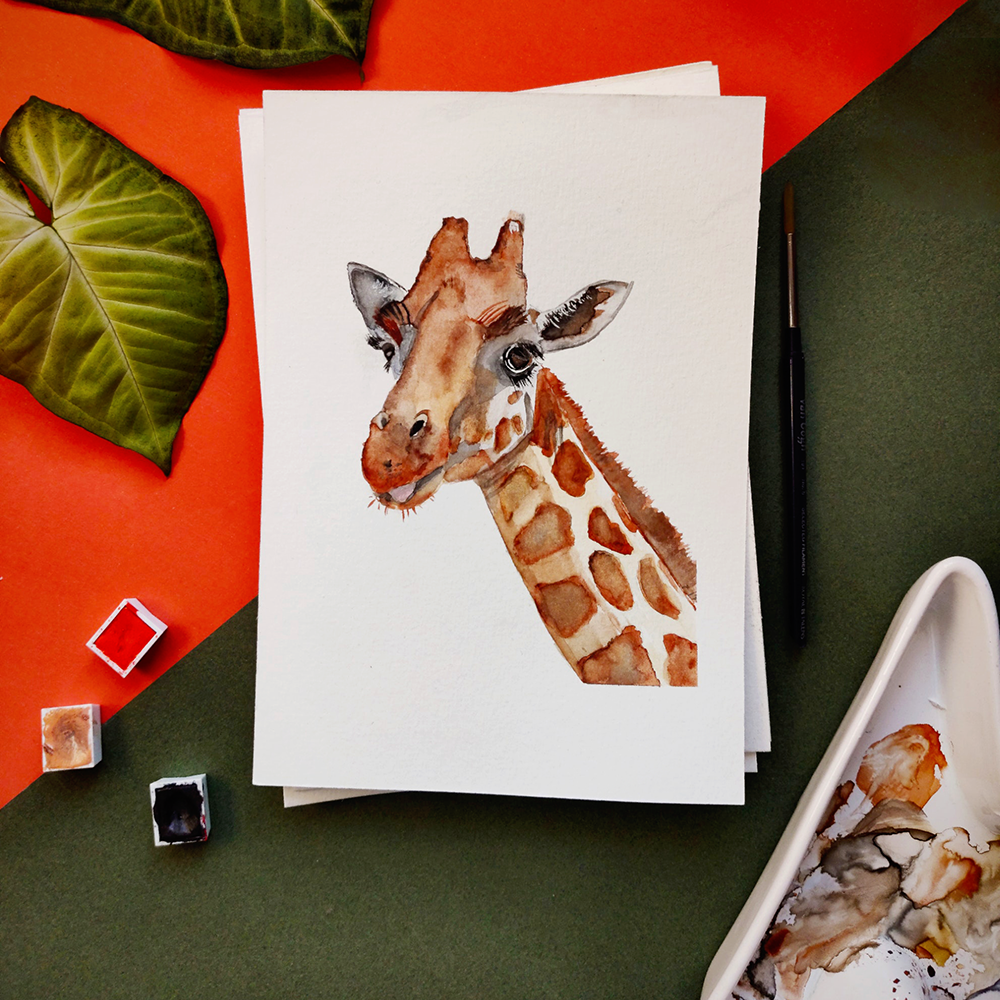Watercolors are a beautiful and unique medium that have been used by artists for centuries.
If you're new to watercolors, the thought of painting with them can be daunting, but don't worry!
In this article we'll give you a crash course in watercolor painting, from the basics of supplies and techniques, to more advanced concepts like color theory.
By the end of this post, you'll be equipped with the knowledge you need to get started with watercolors and begin creating your own beautiful paintings.
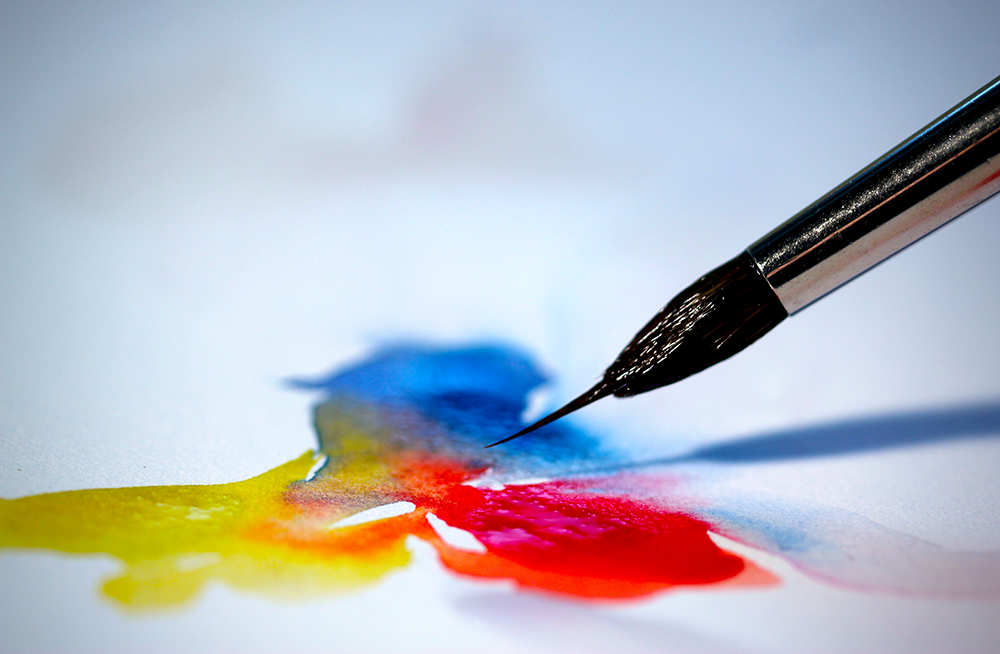

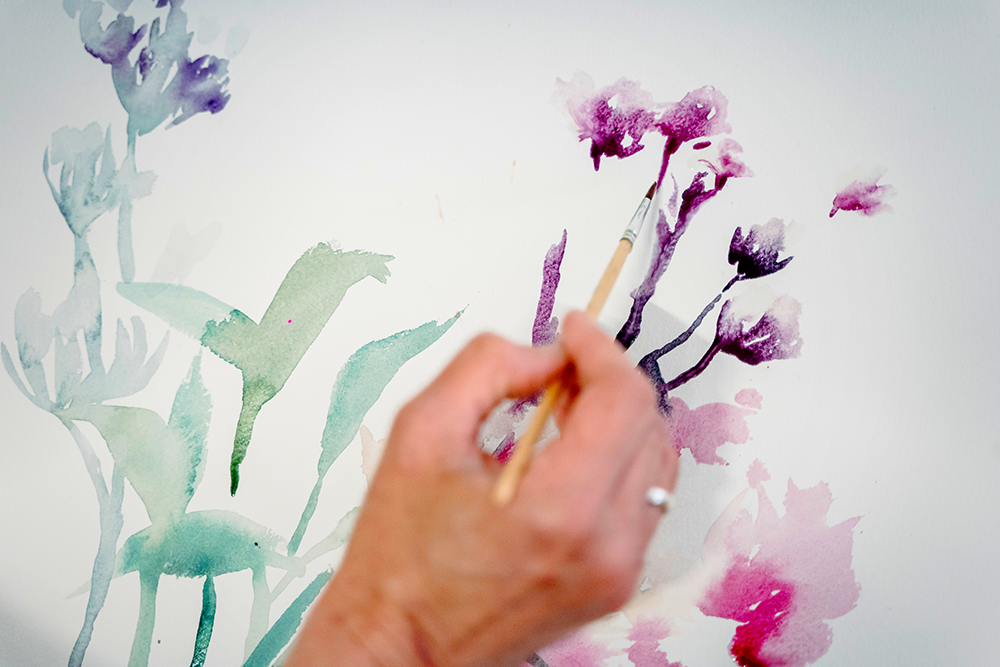
History of Watercolors
Watercolor paint has a rich history, full of many artists.
Watercolors were used by the ancient Egyptians and Greeks, who applied them to papyrus scrolls and other materials.
During the Renaissance, watercolors became increasingly popular as a tool for documenting architecture and for painting botanical illustrations.
By the 18th century, watercolors were being used by artists all over Europe to capture landscapes and cityscapes.
Today, watercolors are still popular among painters, and the medium has undergone something of a renaissance in recent years.
Thanks to the development of new pigments and papers, watercolors offer endless possibilities for creative expression.

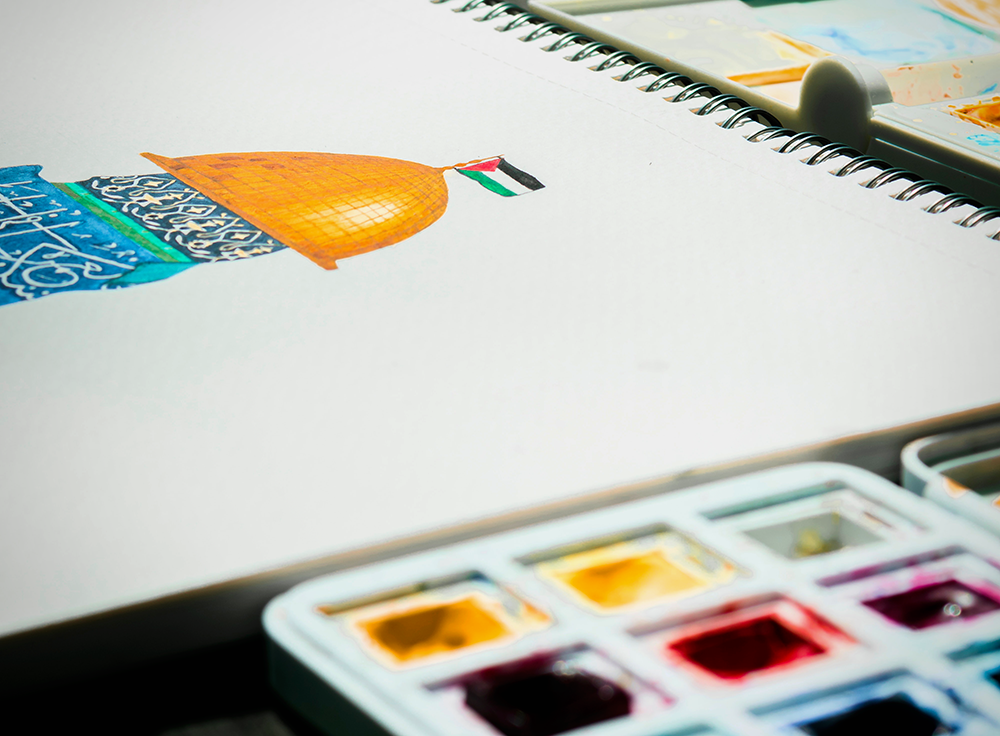

Basic Supplies
When it comes to watercolor supplies, there are a few things you'll need to get started.
First, you'll need a set of watercolor paints.
Common sets come in both tubes and pans, and it's up to you which type you prefer.
However, you can also find liquid watercolor paints, which can be useful if you're wanting to do more experimental painting.
You'll need a brush or two; synthetic or natural bristles both work well for watercolors.
There are also water brush pens available, which are a great option if you're painting on the go.
These watercolor brushes allow you to store water inside of the brush barrel, so you don't need to carry a separate water cup with you.
Finally, you'll need some watercolor paper.
This paper is different from other types of art paper because it's made to withstand the rigors of wet media without buckling or warping.
Watercolor paper is thick and has a “toothy” surface that helps the paint adhere.
You can find it in different weights (usually measured in pounds), but for beginners, a lighter weight paper is generally easier to work with.
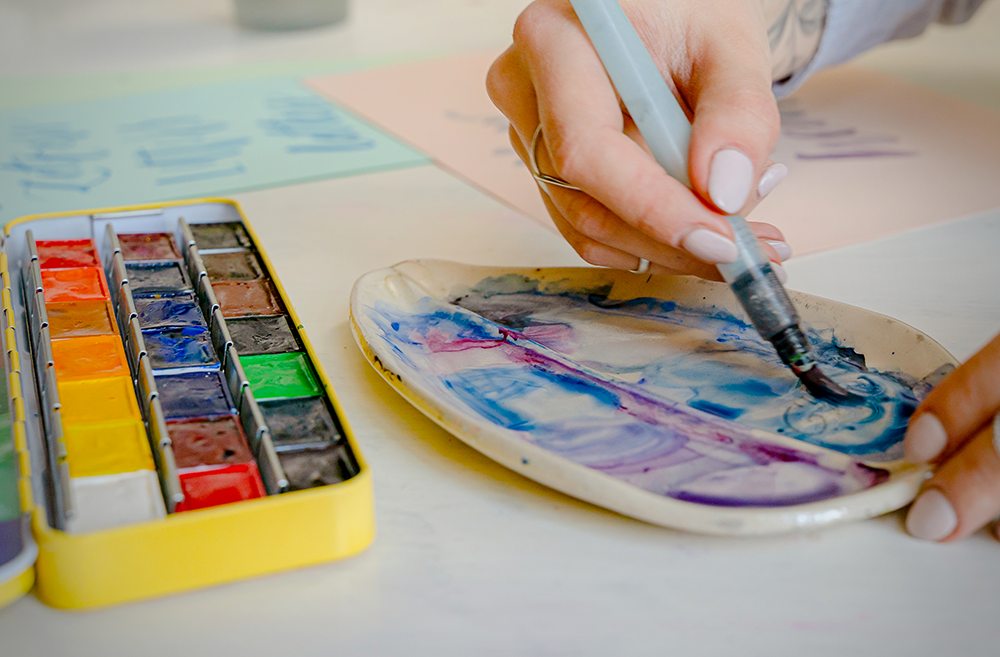


Watercolor Painting Techniques
Now that you have your supplies, it's time to learn some basic techniques.
The first thing to know is that watercolors are transparent, meaning that they can be layered on top of each other to create different effects.
One common way to achieve this is by using a dry-brush technique, where the paint is applied dry to the paper and then made wet with a brush dipped in water.
This creates a softer look than if the paint was applied directly from the tube or pan.
Another painting technique is wet-on-wet, where paint is applied directly to a wet surface.
This creates a more fluid, organic look and can be used to achieve different effects like washes and gradients.
Additionally, you can also experiment with lifted color, where wet paint is lifted off the paper with a brush or other tool to create highlights or interesting textures.
You can also play with color mixing and splatter watercolor brush techniques to create unique effects.
You can add more layers when the piece is completely dry, or you can work wet-into-wet for a more blended look.
There are endless possibilities when it comes to painting with watercolors, so don't be afraid to play with different techniques and color combinations; there's a whole world waiting to be discovered!


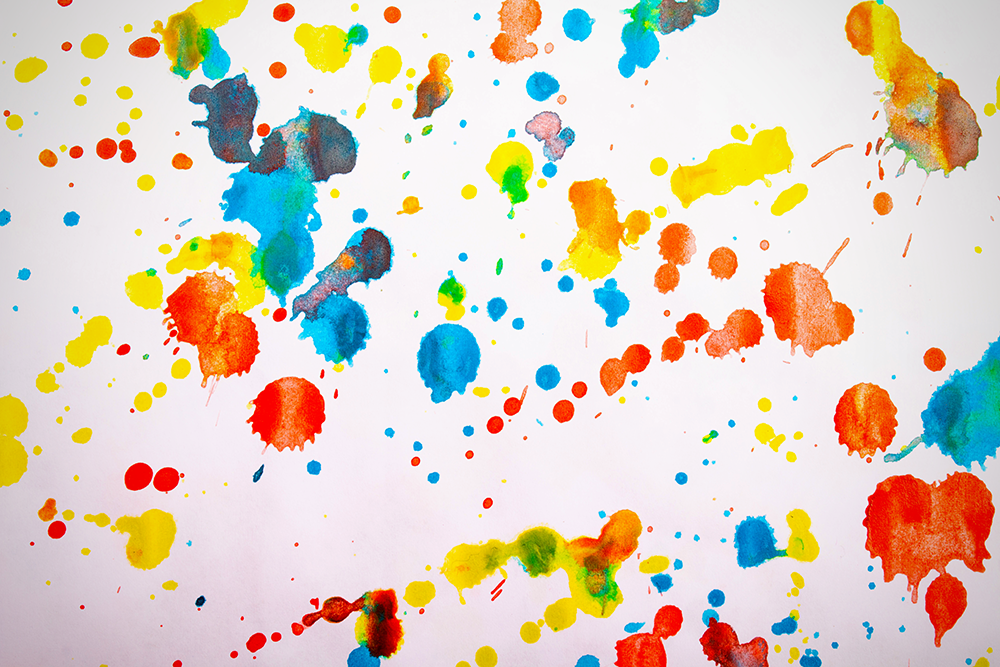
Color Theory for Watercolors
In addition to learning about different painting techniques, it's also important to understand color theory as it applies to watercolors specifically.
Color theory is the study of how colors interact with each other, and it's a helpful tool for artists of all mediums.
There are three primary colors, blue, yellow, and red, that cannot be made by mixing any other colors together, and they're the building blocks for all other colors.
Cadmium yellow hue, alizarin crimson hue, and cyan blue are some of the most commonly used colors in watercolor painting, as they're very versatile and produce beautiful results.
From there, you have secondary colors, which are made by mixing two primary colors together, and tertiary colors, which are made by mixing a primary and a secondary color.
The color wheel is a helpful tool for visualizing these relationships.
There are also a various color schemes that you can use when painting with watercolors, such as complementary, monochromatic, or analogous.
Because they are transparent, watercolors behave differently than other mediums when mixed together.
Whereas other paints are opaque, watercolors build up value through gradual layers, starting from the lightest value/color to the darkest.
As you experiment with mixing colors, pay attention to how they interact with each other and take note of any new hues that you create.
With a little practice, you'll develop an intuition for how colors will mix together, and before long you'll be able to create any shade or tint that you can imagine!


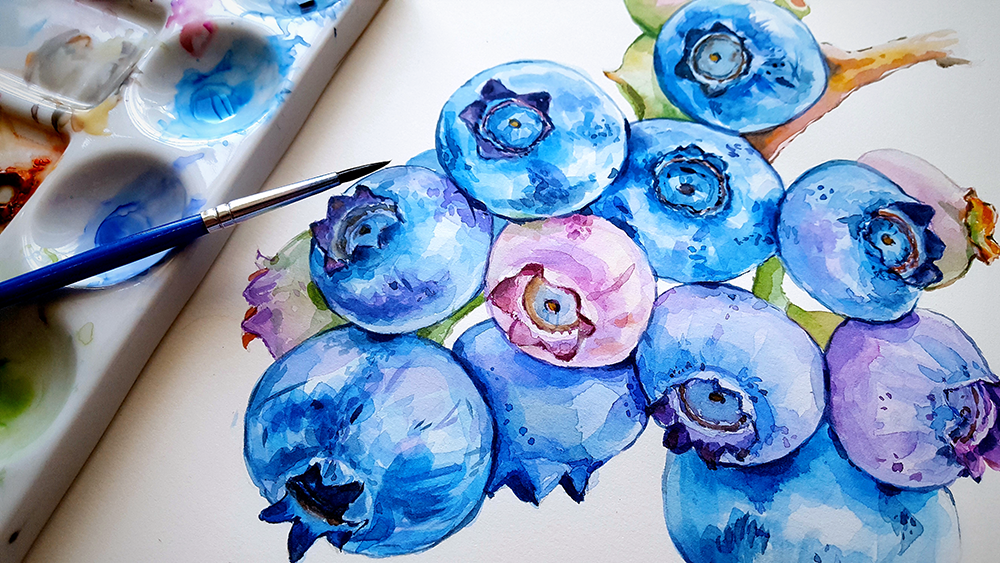
Professional Watercolor Painters
With watercolor's rich history there are many professional artists that create stunning watercolor paintings.
Some artists use watercolors with mixed media pieces, utilizing color charts and reference photos to ensure a good quality final product.
Others will use a limited color palette to create a cohesive body of work.
And still others will let the paint flow freely, using excess water and a wet-on-wet technique to create organic and flowing shapes.
No matter what their approach, each of these artists has developed a unique style and there's much to be learned from studying their work.
One modern day watercolor painter is Ali Cavanaugh.
Ali Cavanaugh is a classically trained painter, who has developed her own techniques for painting with watercolors.
Her unique style emerged when she started playing with watercolors for fun after creating many oil paintings.
Her focus on portraiture allows her to capture the stories and mysteries of the people she paints, creating images that are both beautiful and moving.
Cavanaugh's ethereal and otherworldly images have earned her international recognition.
Painting with Watercolors
We hope that this beginner's guide has equipped you with the knowledge you need to start painting with watercolors like a pro!
Remember that practice makes perfect, so don't be afraid to experiment and make mistakes because that's how we learn and grow as artists.
If you need a bit of extra help, don't be afraid to use a reference photo or get guidance from an art teacher or another experienced artist; they have a wealth of experience and insight to share!
Most of all, have fun with it and enjoy the creative process!
Grab your brushes, and have fun creating your own masterpieces!
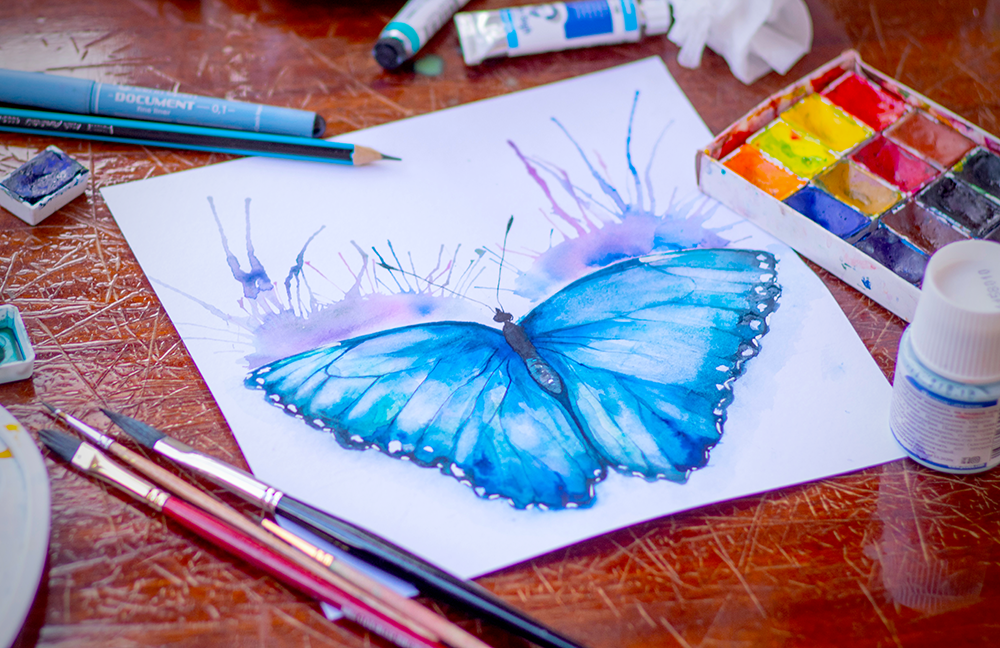


Looking for additional tips for beginners? Check out Linescapes' video!
Interested in starting your next watercolor project and need some new supplies?
Check out some of our watercolor supply articles:

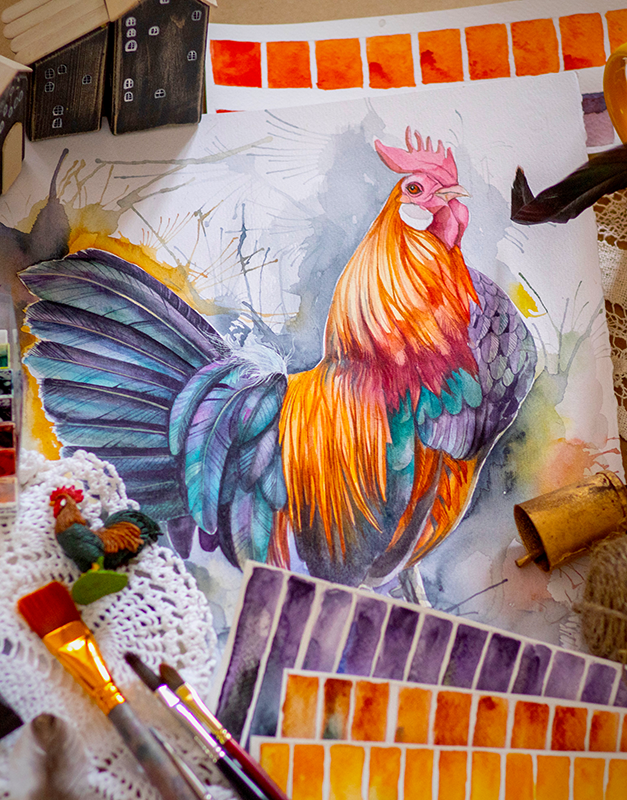
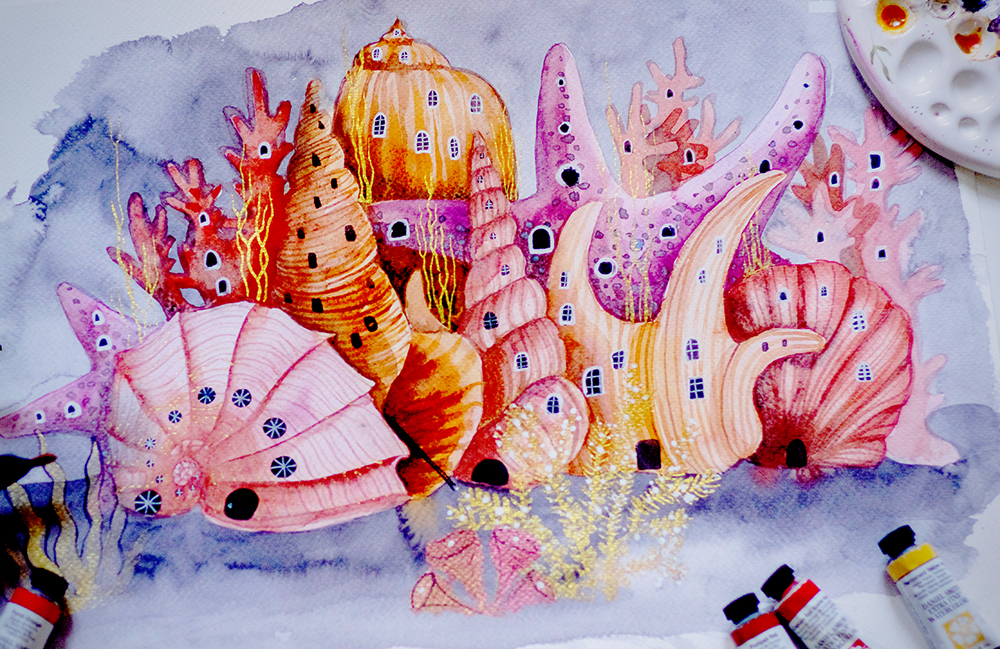
Eager to learn more about different types of art supplies?
Check out these articles:
-Art supplies for coloring books




